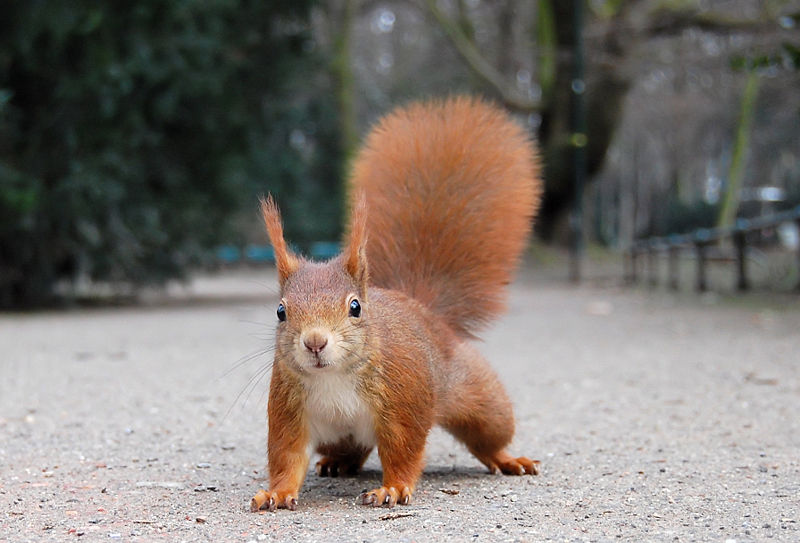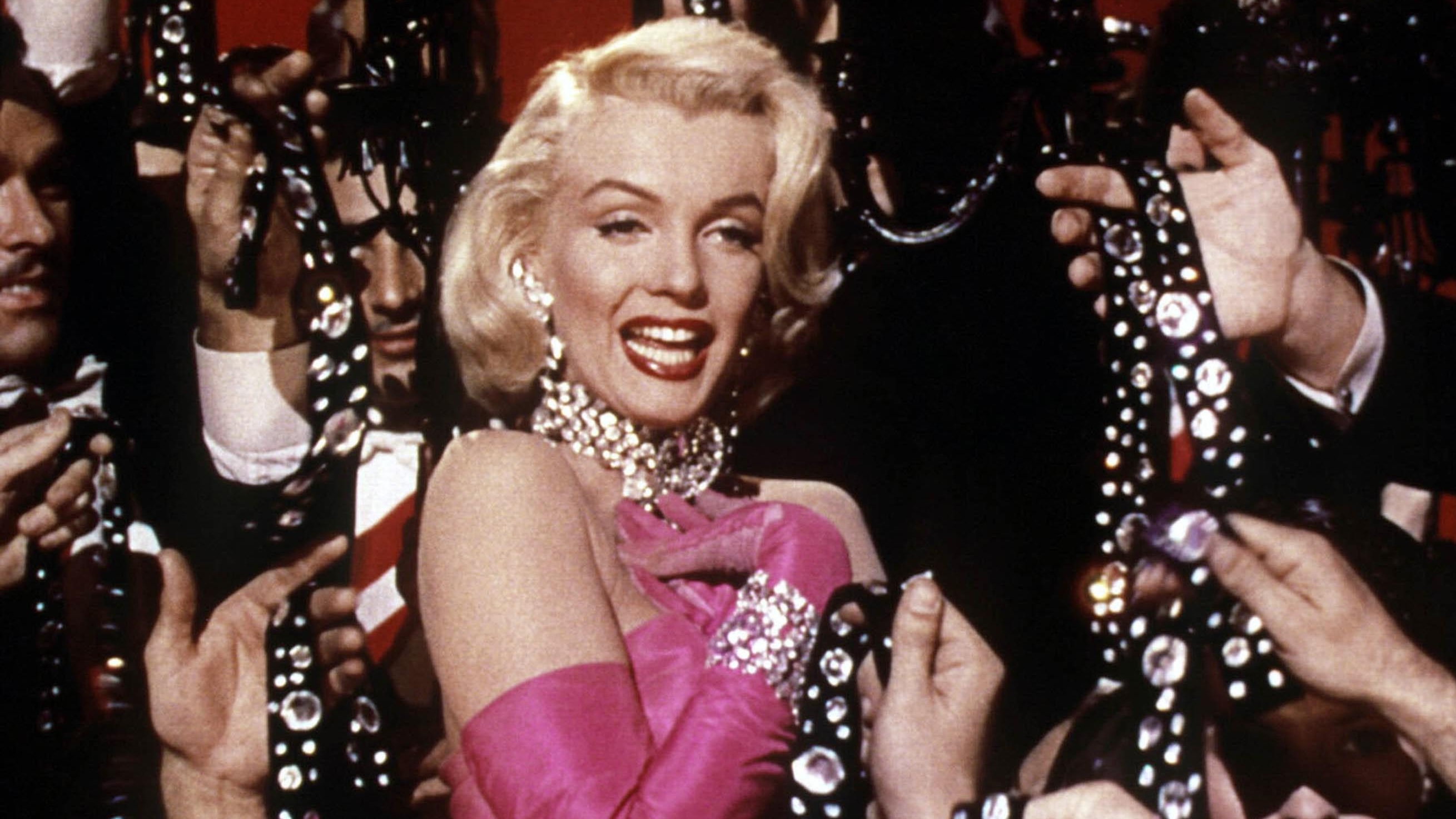Red squirrels on the rise in Cornwall
Two areas in Cornwall have been identified as perfect for releasing new red squirrel populations into the wild in an attempt to boost numbers


Red squirrels are beginning the long march back from exile, having been driven out of England by the marauding grey, and the much-anticipated return of the appealing tufty-eared creatures should be boosted by the start of a new project in Cornwall. Systematic work has begun on ridding two parts of the county of greys before releasing the rightful occupants. But the process of removing the more aggressive invaders-who vandalise trees, nests and sometimes buildings, are more prolific breeders and infect reds with squirrel pox-is described by the Red Squirrel Survival Trust (RSST) as ‘challenging' and likely to take at least three years.
The RSST's Craig Shuttleworth has identified two areas that have potential for releasing captive-bred red squirrels: the Lizard and around West Penwith. Both have suitable habitat and, being peninsulas, can be defended from invasion by grey squirrels-a similar project on the island of Anglesey, where reds have increased tenfold over 12 years, has been successful, and the Isle of Wight boasts a thriving population of reds.
Squirrel Project (CRSP) needs to gain local support, particularly for the eradication of grey squirrels. Unlike in Anglesey, reds haven't been seen here for 25 years and are not part of the county's ‘psyche'-it has been suggested in some quarters that the Cornish project is 30 years too late. The Cornwall Biodiversity Initiative has questioned whether funds might be better spent, and the National Trust, which owns some of the land involved, is supportive, but is also keen to assess public and landowner enthusiasm.
The removal of grey squirrels has started on a voluntary basis on four estates, and the CRSP hopes to raise £120,000 to appoint a project manager for the next three years. The replacement red squirrels will come from local wildlife centre Paradise Park, which has been breeding them since 1996. Scheme leader Charles Williams, owner of Caerhays Castle, has been charged with enthusing fellow landowners. He says: ‘Back in the 1980s, I enjoyed watching reds on my own land, as well as in the wider countryside, but, over the years, they were driven out by the destructive greys. If I can play a part in turning back the clock, I will be delighted.'
The scheme is backed by RSST patron Prince Charles, who spurred locals into action with a speech at the Royal Cornwall Show in June in which he said: ‘The importance of preserving Britain's reds cannot be understated. They are one of the most charming and irresistible of British native mammals and are under ceaseless, pernicious attack by the relentless march of the imported greys which do such untold damage to newly planted native hardwood trees.'
The prospect of England's isolated red-squirrel populations joining up in the near future looks remote. The only other strongholds south of the Scottish border are in the north-east and at Formby Point, Merseyside, around which a ‘buffer zone' free of grey squirrels has been created and where visitors flock to see the reds. Dr Shuttleworth points out: ‘Although red-squirrel reintroductions are not easy, they have far reaching benefits, including a boost to local tourism.' Donations to the CRSP should be sent to The Cornwall Red Squirrel Project, Caerhays Castle, Gorran, St Austell, Cornwall PL26 6LY (www.caerhays.co.uk).
Squirrels and the law
Sign up for the Country Life Newsletter
Exquisite houses, the beauty of Nature, and how to get the most from your life, straight to your inbox.
* The red squirrel is protected; the grey (right) is not * The red is native to Britain, so releasing a captive-bred one is legal, but not where grey squirrels are present; the grey is not native and it is illegal to release one into the wild * It is illegal to kill, injure or destroy the habitat of a red; it is legal to kill a grey squirrel humanely * It is legal to trap a grey, but only in an approved spring trap, after which it must be humanely dispatched * It is legal to kill a grey by running it into a sack and giving it a blow to the head or by shooting it when it is in the trap; drowning is illegal
For more information, visit www.naturalengland.org.uk
Country Life is unlike any other magazine: the only glossy weekly on the newsstand and the only magazine that has been guest-edited by HRH The King not once, but twice. It is a celebration of modern rural life and all its diverse joys and pleasures — that was first published in Queen Victoria's Diamond Jubilee year. Our eclectic mixture of witty and informative content — from the most up-to-date property news and commentary and a coveted glimpse inside some of the UK's best houses and gardens, to gardening, the arts and interior design, written by experts in their field — still cannot be found in print or online, anywhere else.
-
 Diamonds are everyone's best friend: The enduring appeal of one of Nature's sparkliest treasures
Diamonds are everyone's best friend: The enduring appeal of one of Nature's sparkliest treasuresEvery diamond has a story to tell and each of us deserves to fall in love with one.
By Jonathan Self
-
 RHS Chelsea Flower Show: Everything you need to know, plus our top tips and tricks
RHS Chelsea Flower Show: Everything you need to know, plus our top tips and tricksCountry Life editors and contributor share their tips and tricks for making the most of Chelsea.
By Amie Elizabeth White